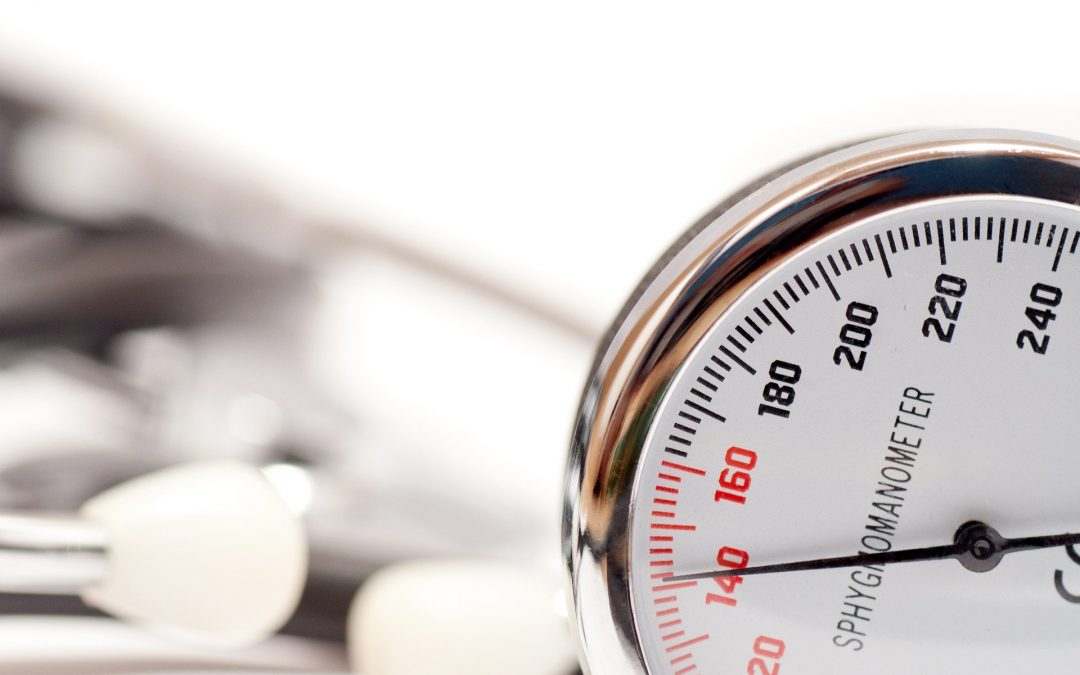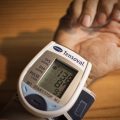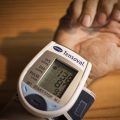Table of Contents
Is your blood pressure reading accurate? Modified standards for monitoring of hypertension enhanced limits for identifying and dealing with high blood pressure, triggering more debate; and also controversy. Is your blood pressure reading accurate? To make the very best use of high blood pressure equipment; it is best to have an insight into exactly how the devices works as well as the likely sources of error that can impact blood pressure reading. In this article, you’ll learn is your blood pressure reading accurate?
Wrong – Sized Cuff?
Is your blood pressure reading accurate? The most usual mistake when utilizing high blood pressure equipment is using an inaccurately sized cuff. A BP cuff that is too large will certainly provide incorrect blood pressure readings; while an excessively tiny cuff will also be inaccurate. The American Heart Organization publishes guidelines for high blood pressure dimension recommending that the length and width which is the blow up part of the cuff must be 80 percent as well as 40 percent specifically; of arm circumference.
One of the most functional means to quickly; and effectively size a BP cuff is to select a cuff that covers two-thirds of the distance between the patient’s elbow as well as their shoulders. Carrying a minimum of three cuff dimensions will certainly fit the bulk of most patients. Smaller sizes are essential for pediatric patients.
Positioning of Patient’s Body
Is your blood pressure reading accurate? The basic reference level for dimension of high blood pressure by any technique straight or indirect is at the degree of the heart. When making use of a cuff, the arm (or leg) where the cuff is applied; it should go to the mid – heart level. Determining blood pressure in an extremity that’s placed over your heart will certainly provide a wrong blood pressure. It will also yield a wrong analysis if the limb is placed below heart level.
A seated upright setting gives one of the most accurate high blood pressure; as long as the arm in which the stress is taken continues to be at the individual’s side. Patients lying on their side, or in other placements, can pose troubles for accurate pressure measurement. To properly analyze blood pressure on a patient lying on the side; hold the blood pressure cuff at mid – heart degree while taking the measurement. If the patient is seating, be particular to leave the arm on the patient’s side.
Phlebostatic Axis
Arterial pressure transducers are subject to similar mistakes when the transducer is not placed at mid-heart level. This place, referred to as the phlebostatic axis; lies at the intersection of the 4th intercostal area and also mid-chest degree (halfway between the posterior as well as anterior breast surface areas). Is your blood pressure reading accurate? Note that the mid-axillary line is commonly not at mid-chest level in people with kyphosis or COPD, and also as a result must not be utilized as blood pressure spots. Inaccurate progressing is the primary mistake in direct pressure dimension.
Incorrect Cuff Positioning
The requirement for high blood pressure cuff positioning is the arm utilizing a cuff on the patient’s skin; with a stethoscope positioned at the arm joint fold over the brachial artery. The patient must be sitting, with the arm sustained at mid – heart degree, legs uncrossed, and not chatting. Dimensions can be made at various areas such as the wrist, fingers, calf; and also feet but will generate different reading depending on the distance from the heart.
The mean pressure remarkably varies little in between the aorta as well as peripheral arteries; while the systolic pressure rises and diastolic declines. Going across the legs enhances systolic high blood pressure by about 2 to 8 mmHg. About 20 percent of the population has differences of greater than 10 mmHg stress in between the right and left arms. In instances where considerable differences are observed, therapy choices need to be based on the stress levels.
Conclusion
Is your blood pressure reading accurate? Bias for normal analysis significantly contributes to mistakes in high blood pressure dimension. No doubt, you’d be suspicious if a fellow Emergency Medical Technician reported high blood pressure of 120/80 on three patients straight. Orthostatic hypotension is specified as a systolic high blood pressure of 20 mm Hg or even more; or diastolic high blood pressure reduction of 10 mm Hg, or even more determined after three minutes of standing quietly.
There are situations when BP measurement is just not possible. For numerous years, trauma resuscitation standards educated that harsh estimates of systolic BP (SBP) could be made by assessing pulses. Presence of a radial pulse was believed to associate with an SBP of at the very least 80 mm Hg; a femoral pulse with an SBP of at the very least 70; and also a palpable carotid pulse with an SBP over 60. Vascular surgery and also injury studies have revealed this method to be badly anticipating of real blood stress.
Is your blood pressure reading accurate? Sound is an aspect that can also conflict with BP measurement. Numerous ALS units carry doppler systems that gauge blood circulation with ultrasound waves. Doppler devices enhance noise and also are helpful in high noise settings.






 I love to write medical education books. My books are written for everyone in an easy to read and understandable style.
I love to write medical education books. My books are written for everyone in an easy to read and understandable style.